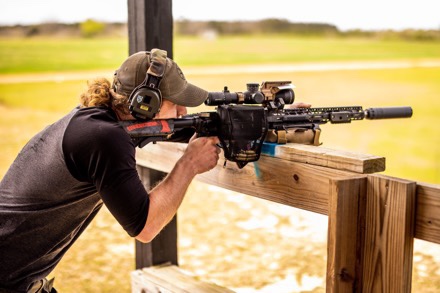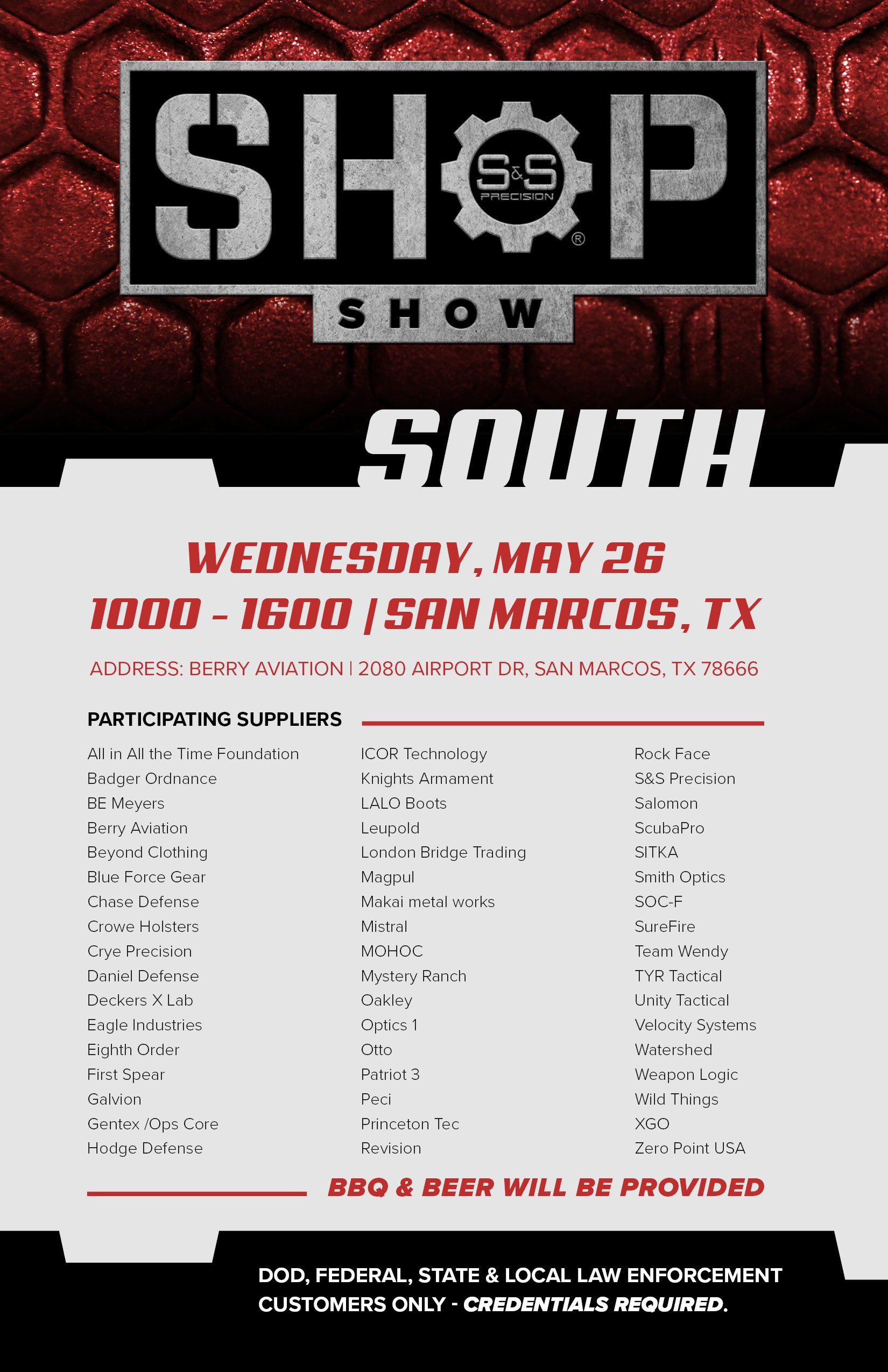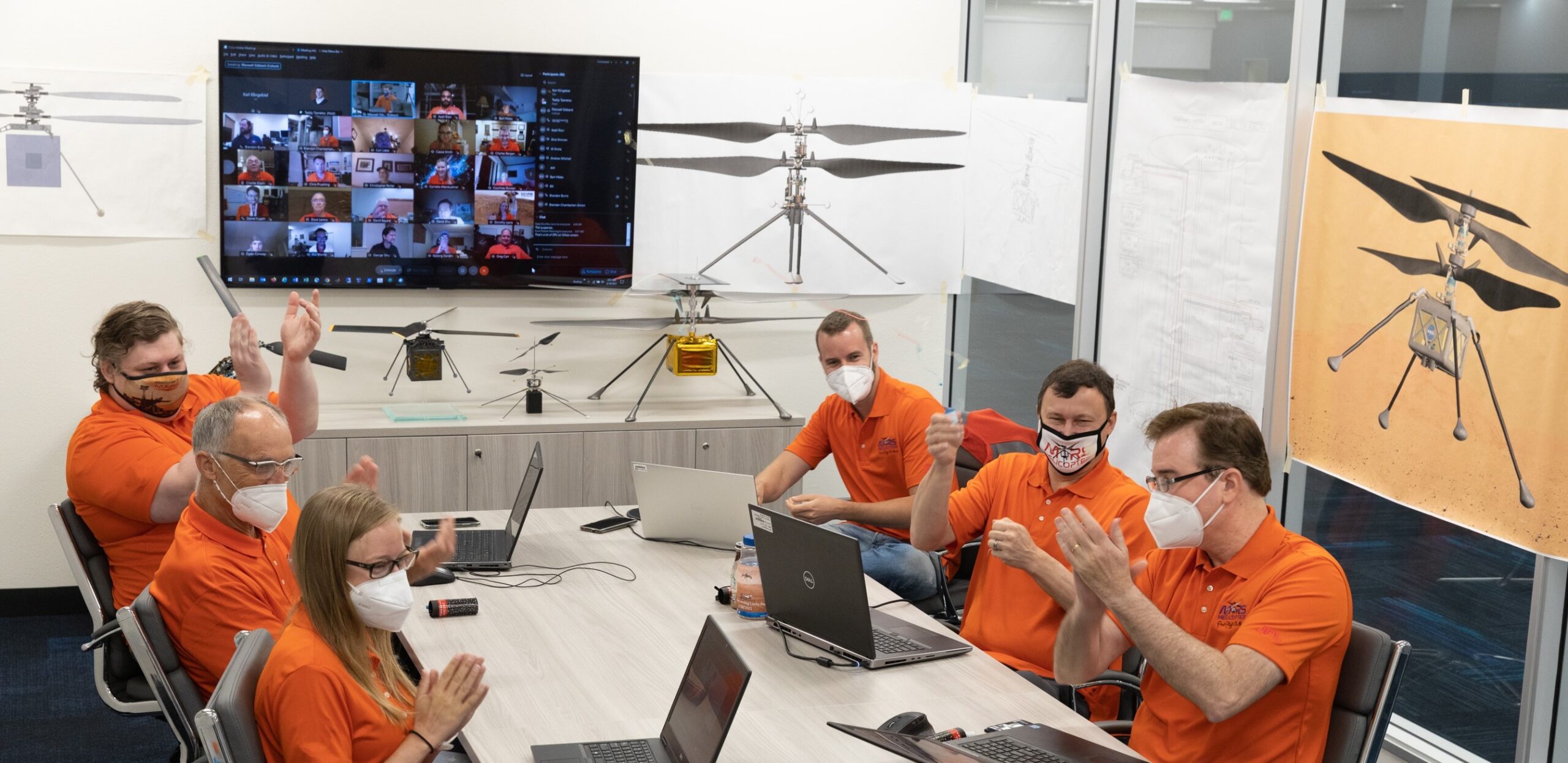Cincinnati, Ohio – Vertx®, a leading manufacturer of concealed carry bag and packs, announces the release of 11 of its most popular bags in an array of 10 new colors and 15 modern color combinations for everyday carry. New colors are now available for purchase at www.Vertx.com and through distributors. Customers can find their nearest dealer using the Vertx® store locator at https://vertx.com/store-locator/. New colors are limited edition and only available while stock lasts. Full color offering is listed below.

VTX5085 Tourist Sling: Colonial Blue/Tumbleweed, Canopy Green, Mojave Sun/Cinderblock
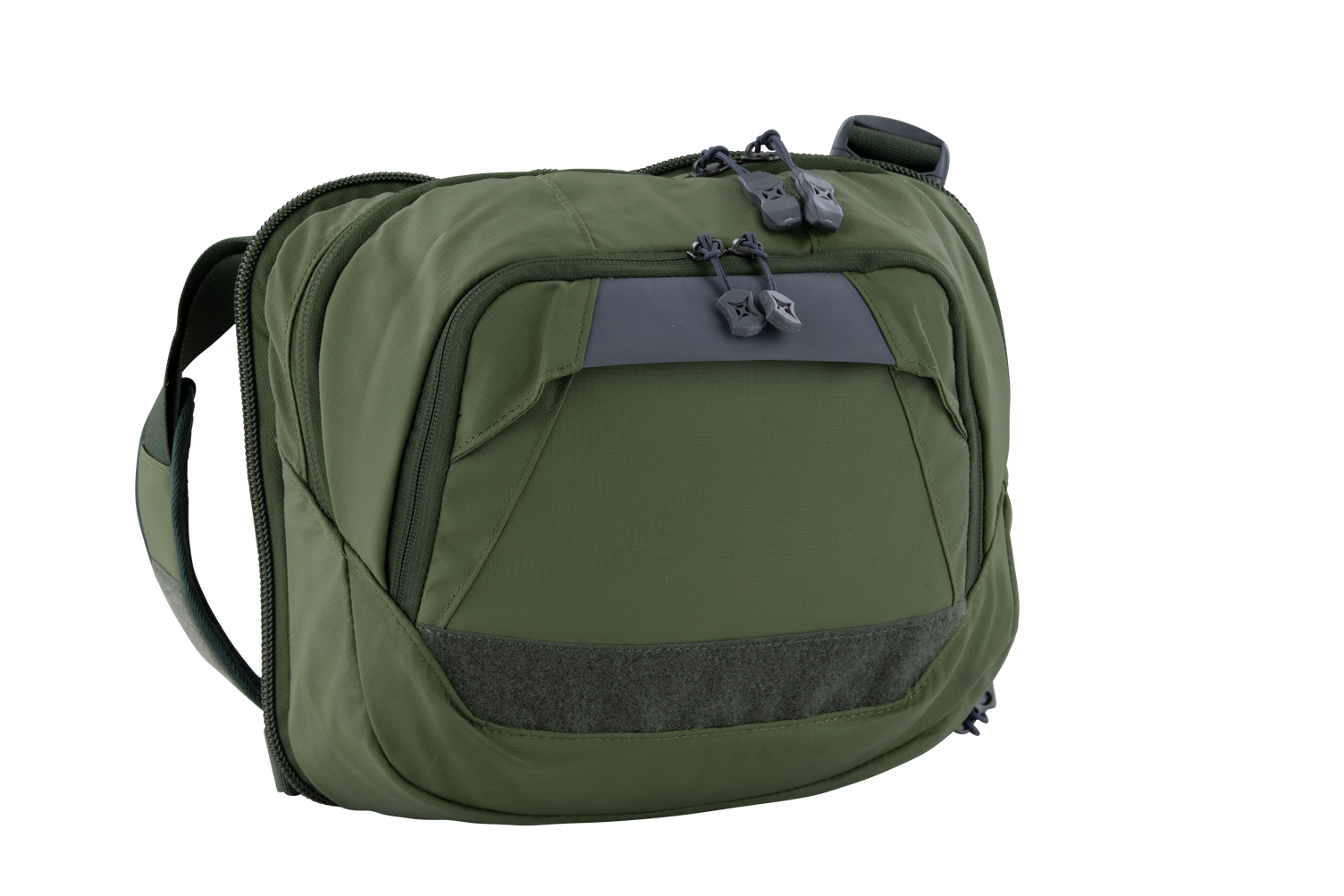
VTX5031 Essential 2.0 Sling: Mojave Sun/Cinderblock, OD Green/Reef
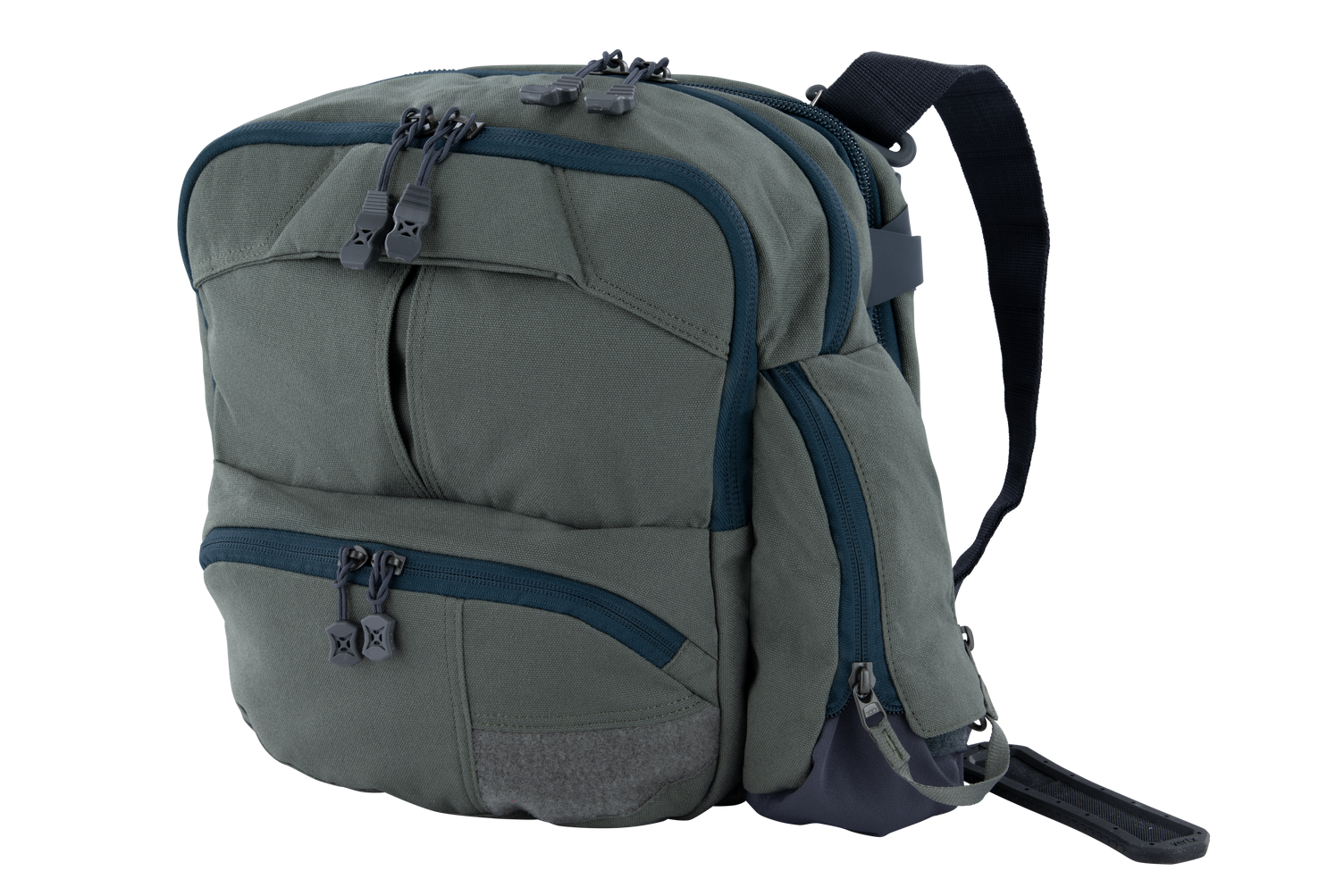
VTX5008 Dead Letter Sling: Colonial Blue/Tumbleweed, Heather OD, Heather Tarmac/Galaxy Black
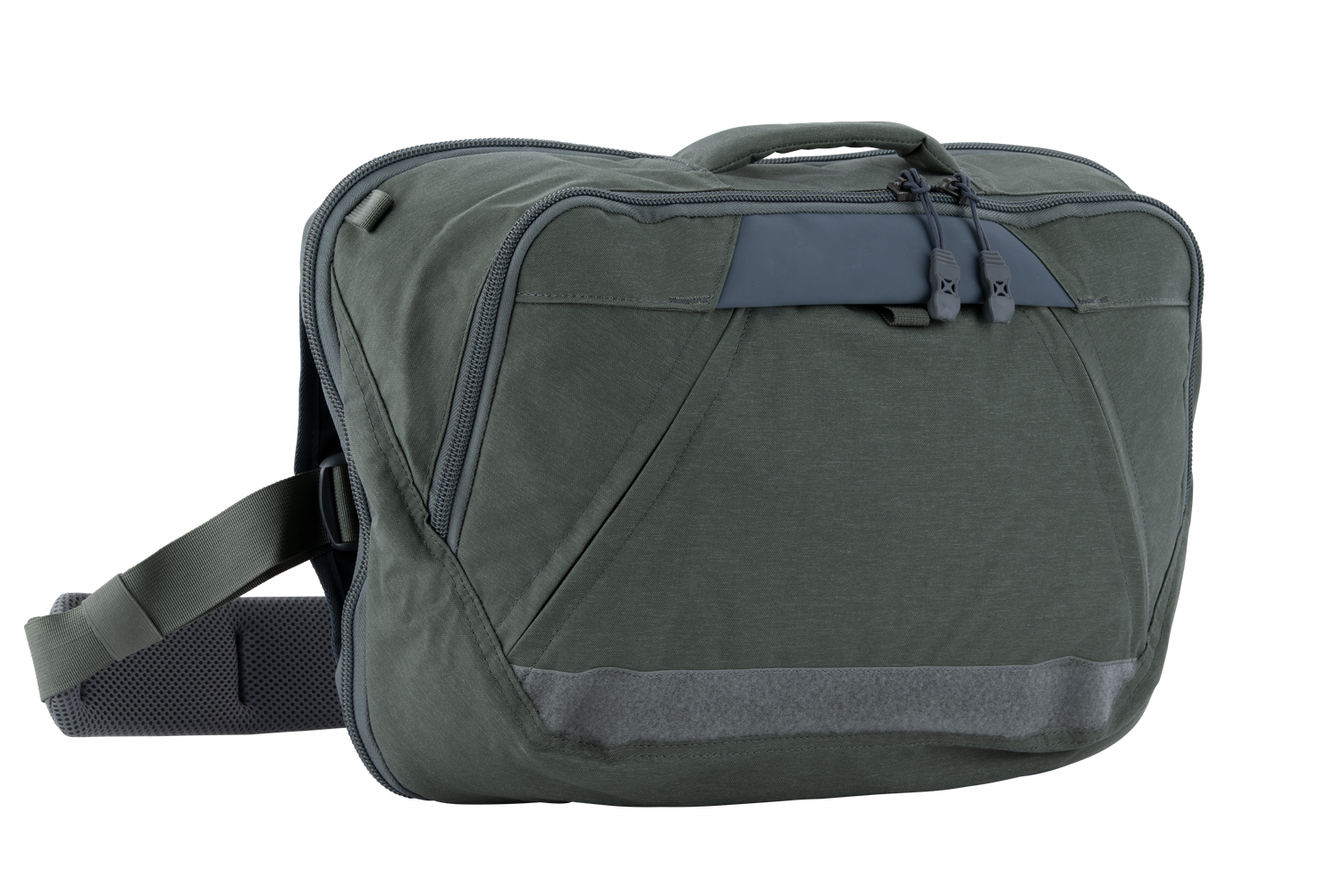
VTX5041 Transit 2.0 Sling: Canopy Green, Heather Reef/Colonial Blue, Ranger Green/Shock Cord, Tumbleweed/Smoke Grey
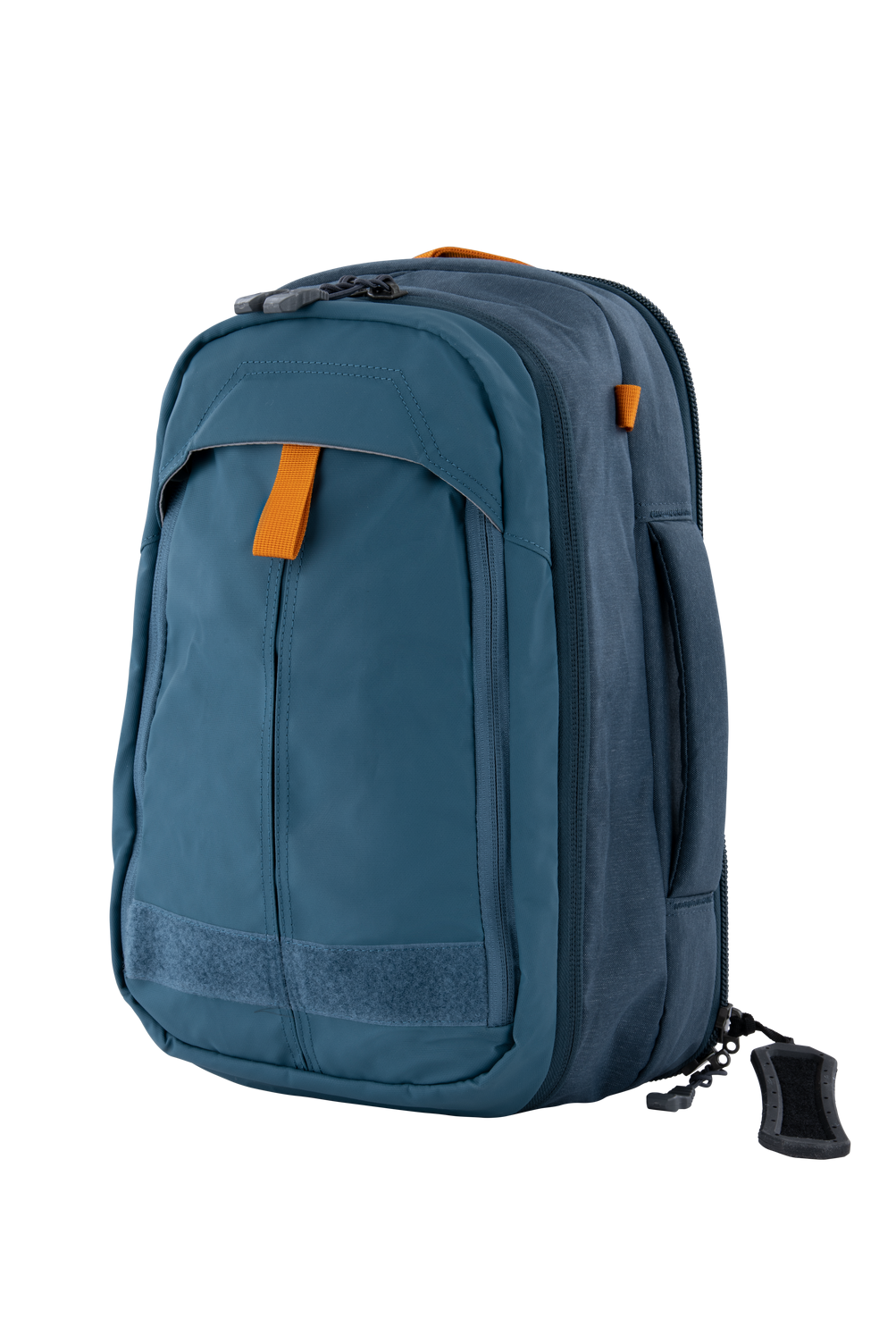
VTX5011 Commuter 2.0 Sling: Mojave Sun/Cinderblock, Heather OD/Smoke Grey, Heather Reef/Mojave Sun, Toy Soldier/Tumbleweed
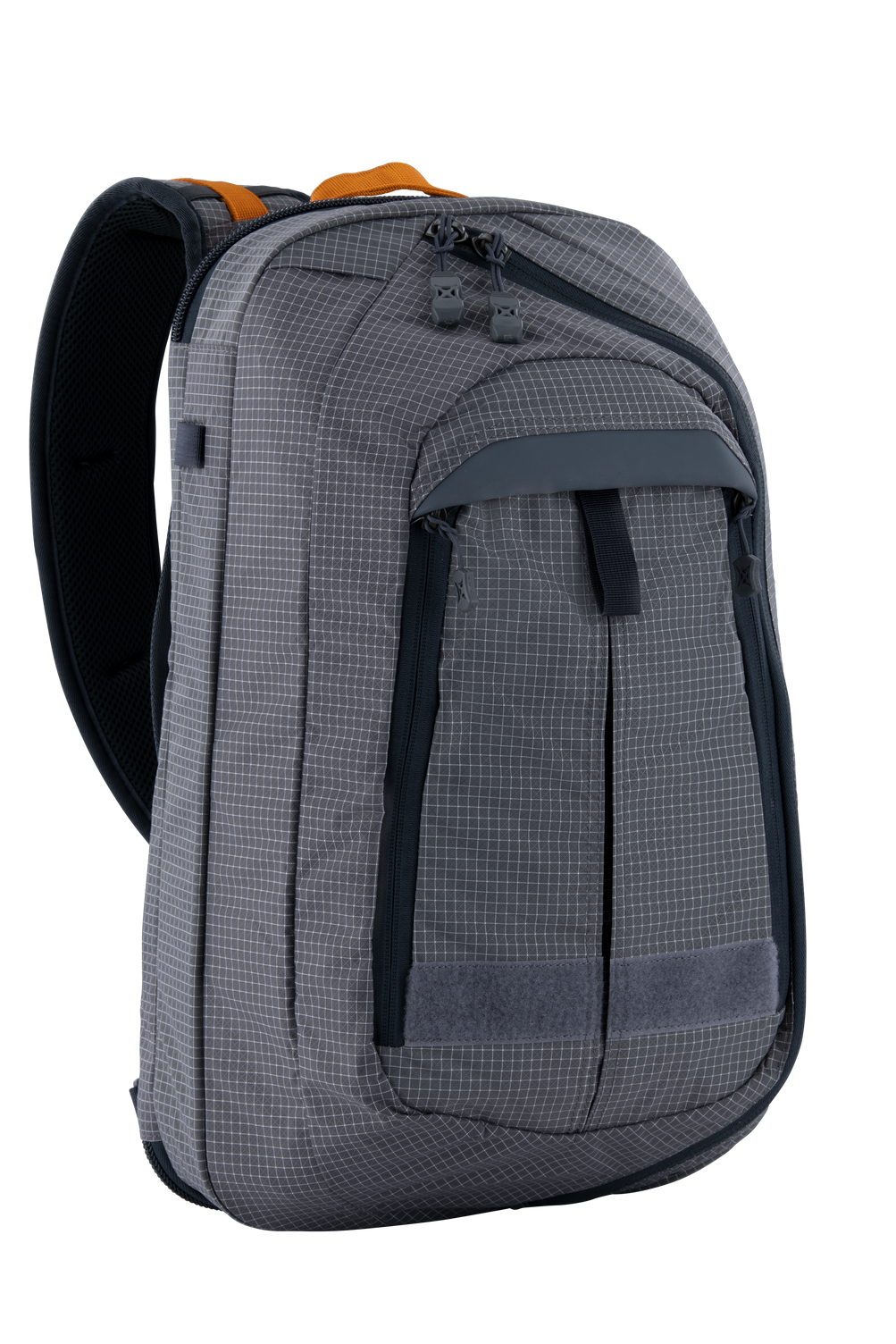
VTX5076 Commuter XL 2.0 Sling: Reef/Mojave Sun
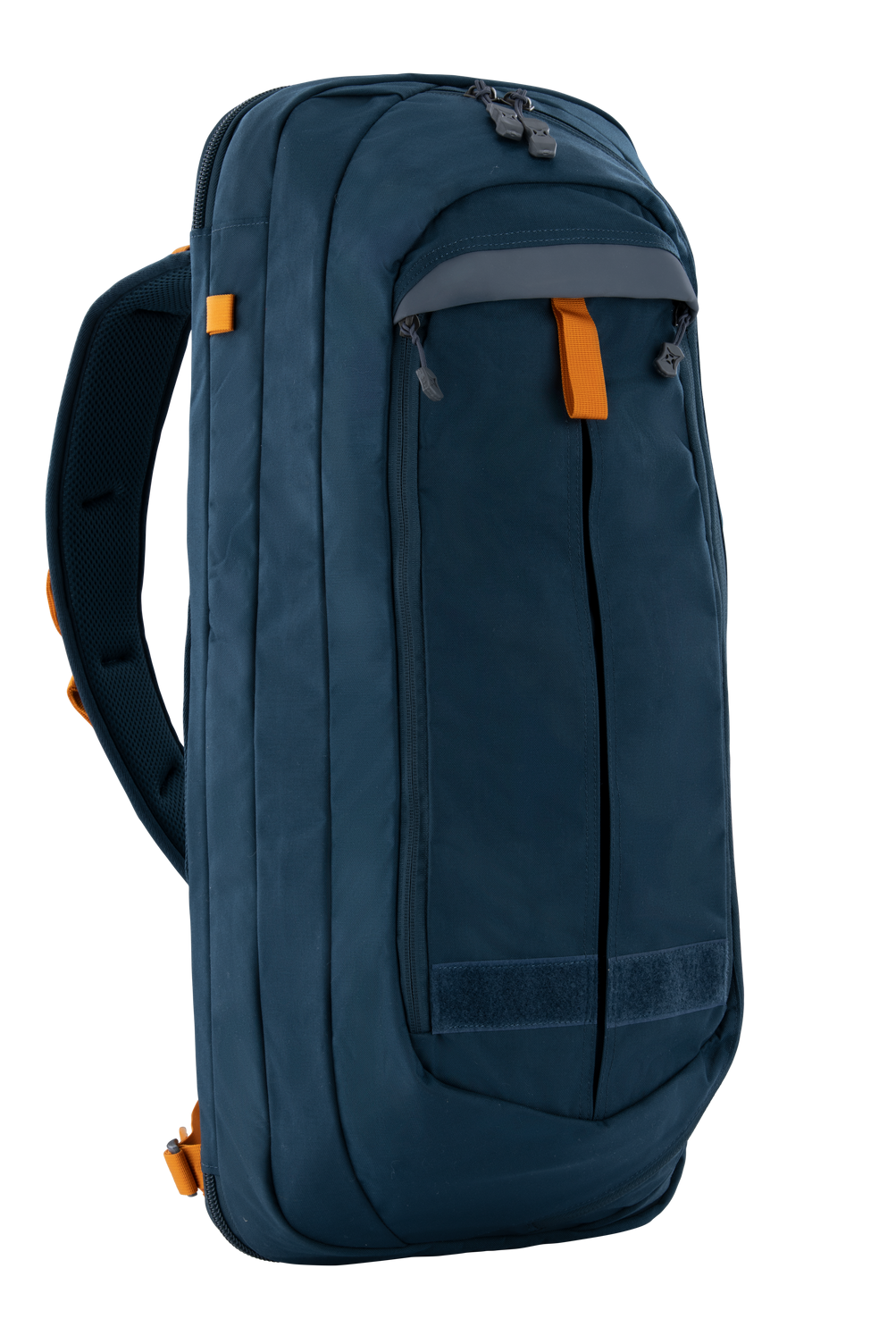
VTX5080 Last Call Pack: Heather Tarmac/Galaxy Black, Reef/Colonial Blue, Toy Soldier/Tumbleweed
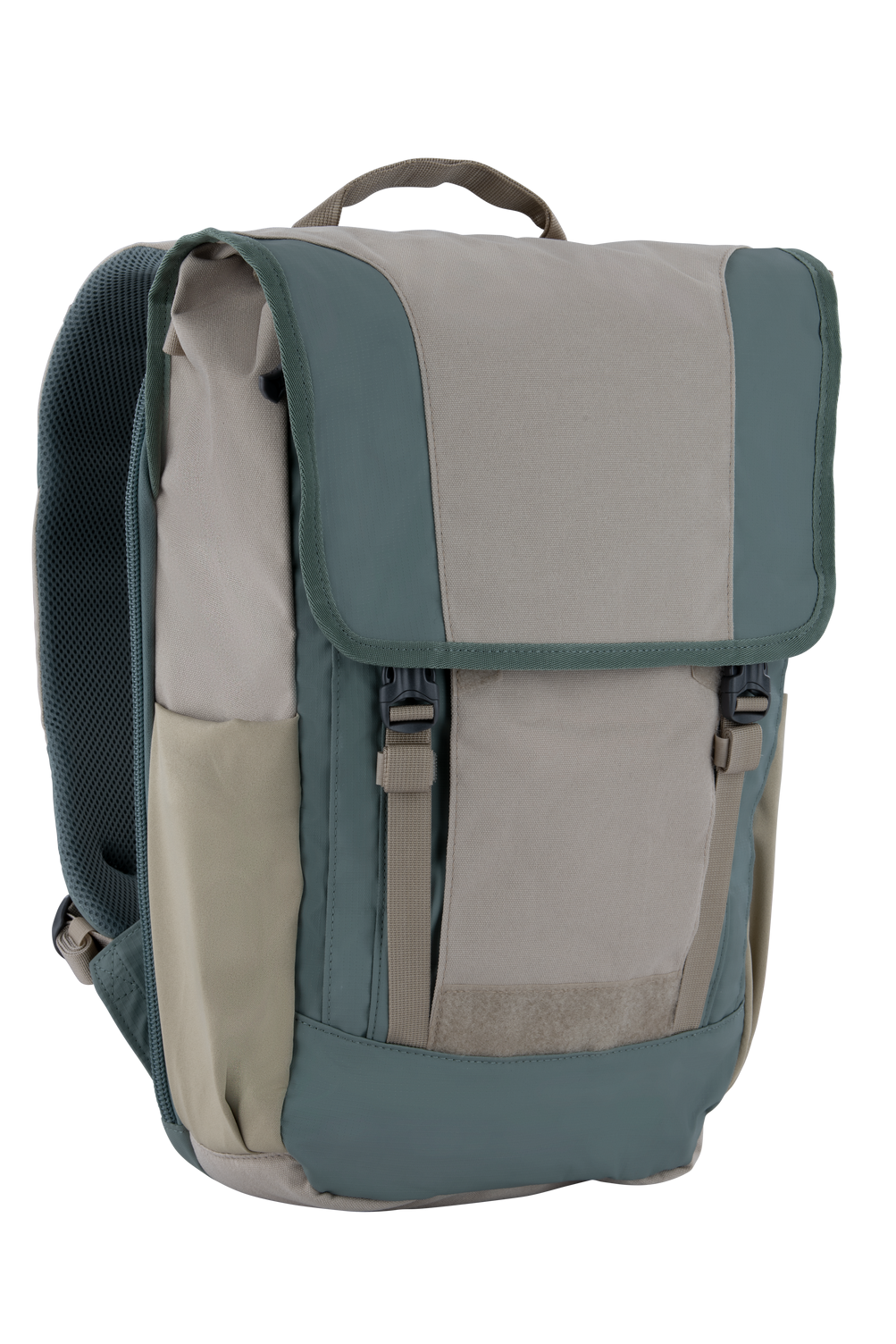
VTX5036 Ready Pack 2.0: Heather Reef/Colonial Blue, OD Green/Smoke Grey, Toy Soldier/Tumbleweed
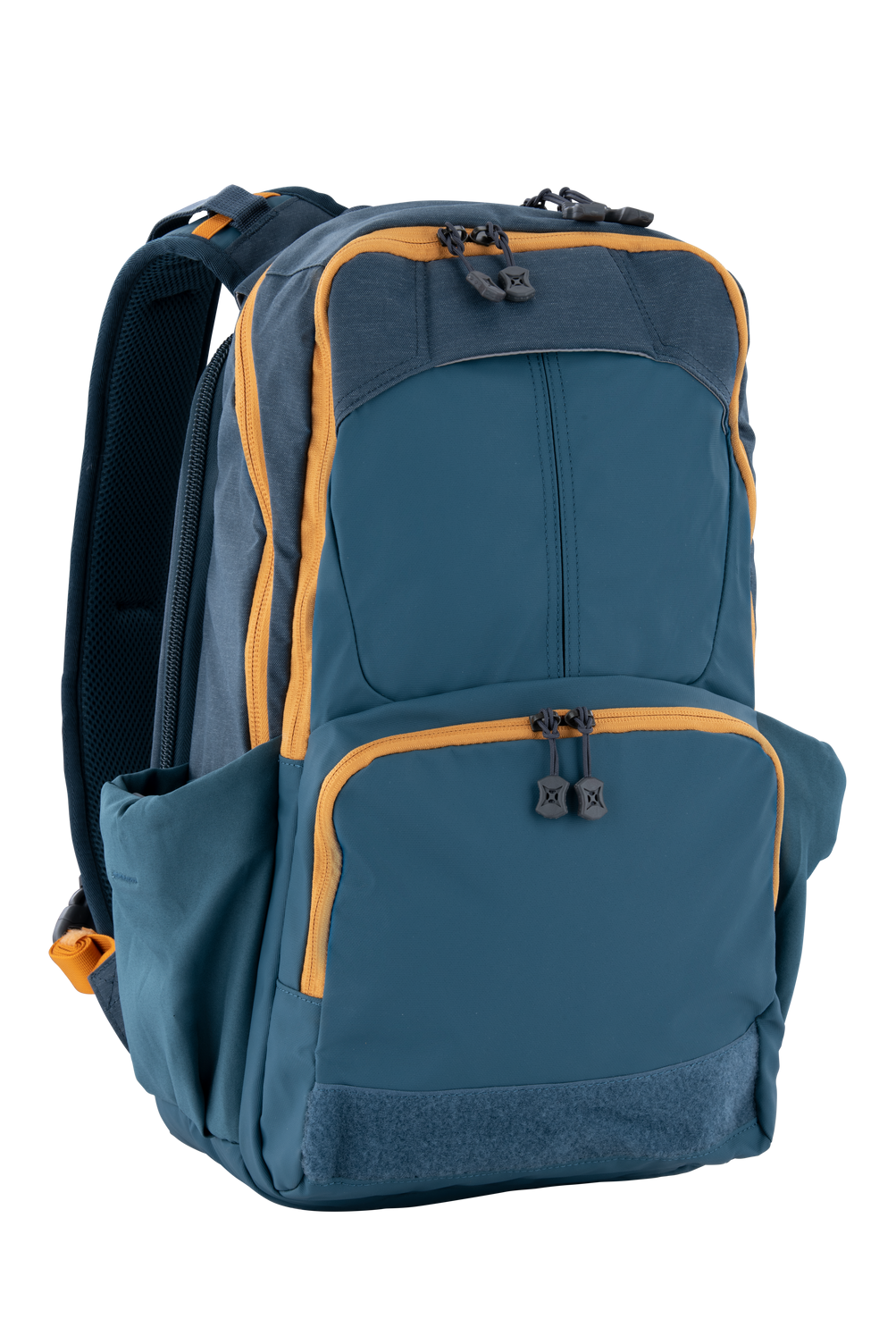
VTX5016 Gamut 2.0: Canopy Green, Heather Reef/Colonial Blue, Heather Tarmac/Mustard Grass, Toy Soldier/Tumbleweed
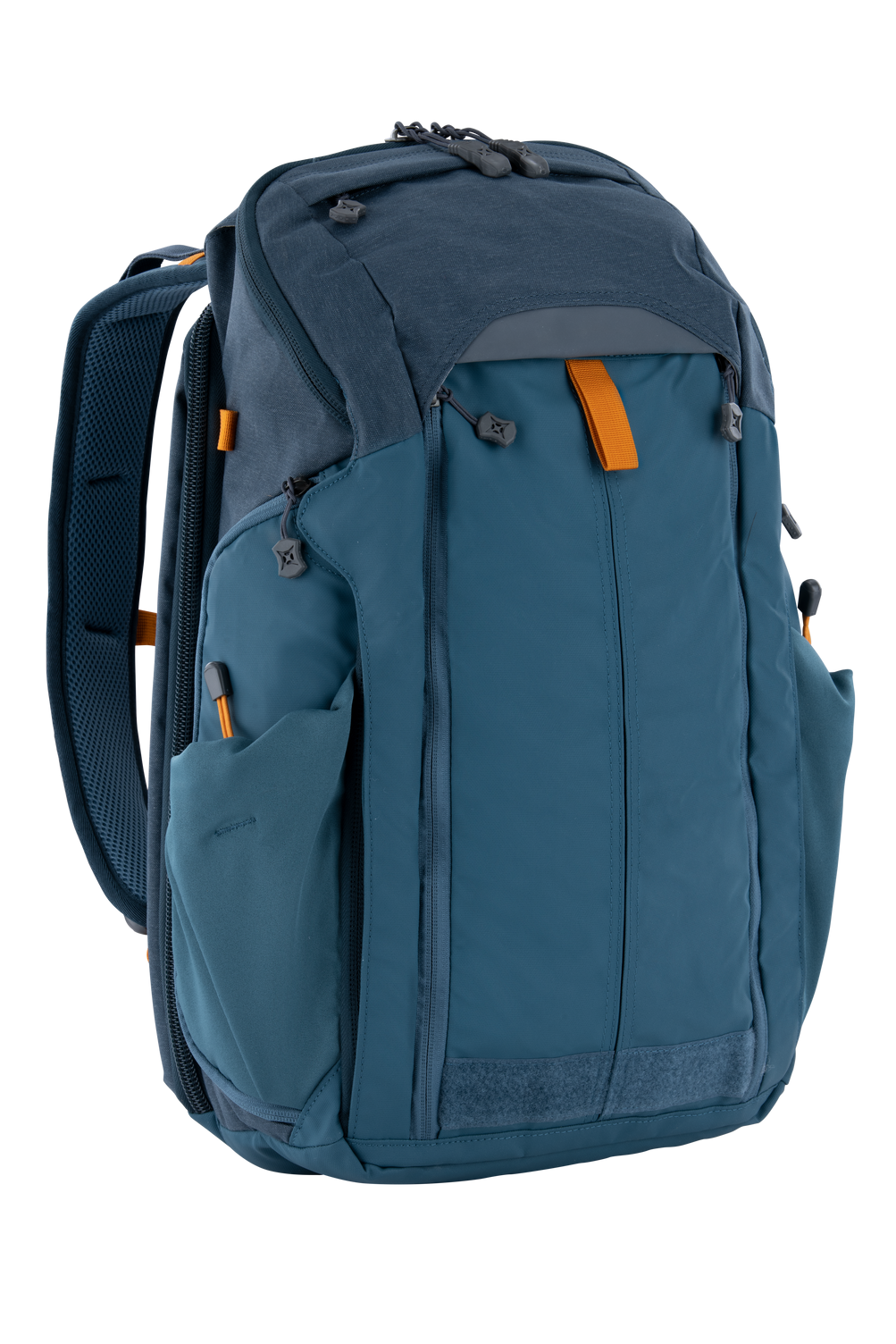
VTX5018 Gamut Checkpoint: Heather OD/Galaxy Black, Mojave Sun/Cinderblock, OD Green/Smoke Grey, Reef/Colonial Blue
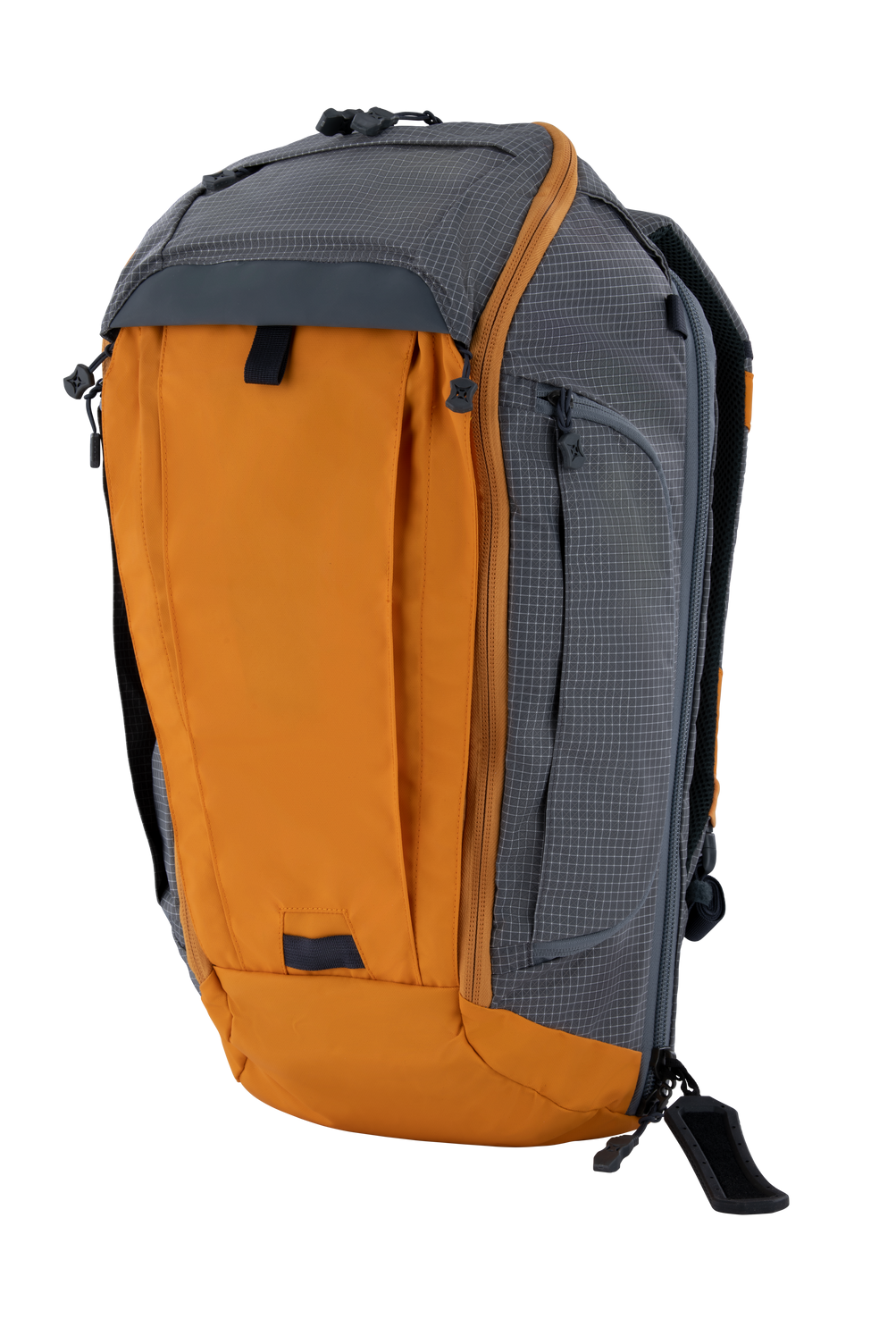
VTX5022 Gamut Overland: Mojave Sun/Cinderblock, Toy Soldier/Tumbleweed
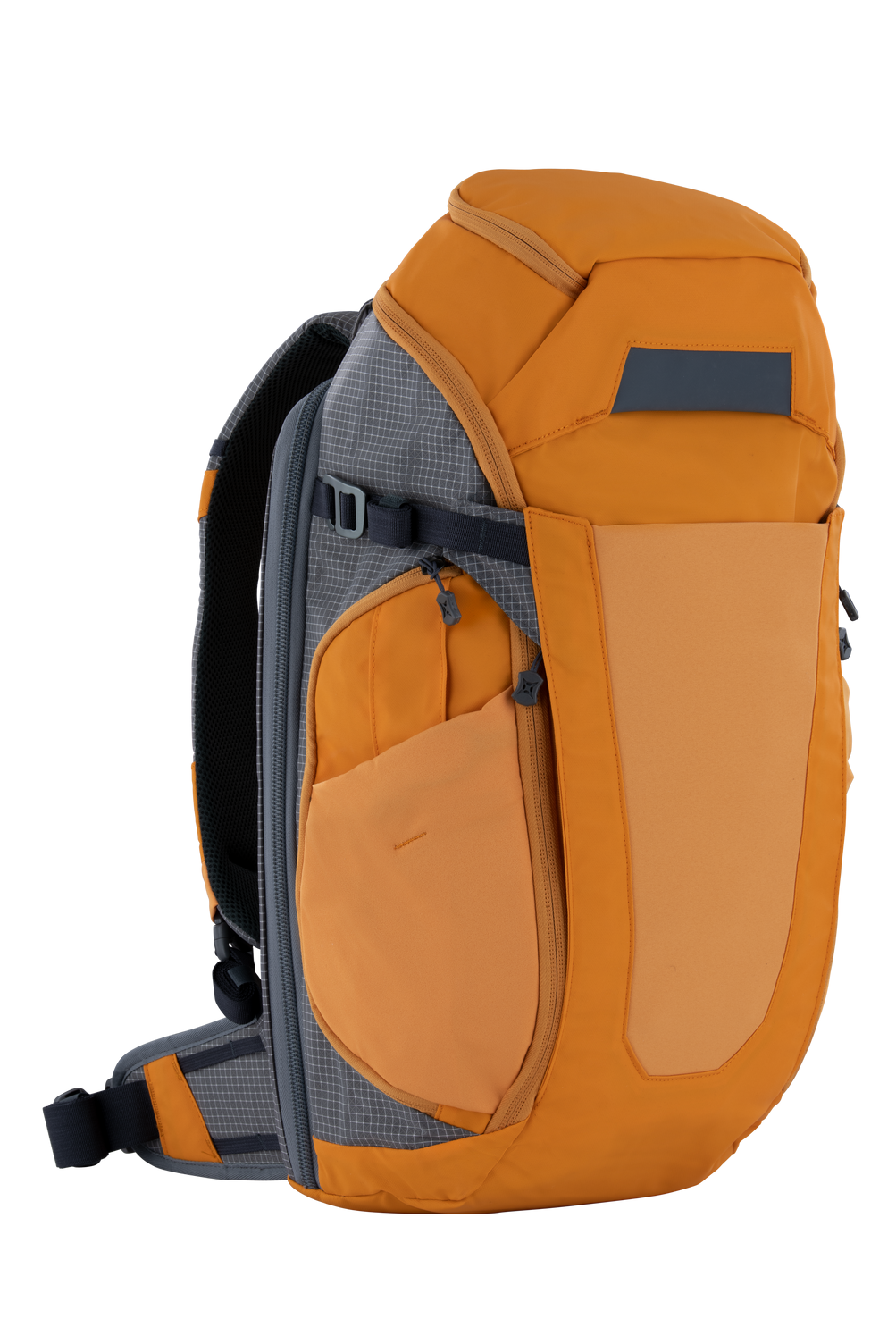
“Building on our expansion into outdoor colorways in 2020, this year our goal was bring more color and texture into the line,” said Denny Bogard, GM/VP of Vertx. “Adding variety in both color and fabrics gives our end users even more options for blending in in the field.”
Vertx packs and bags answer the call with current, globally inspired stealthy styling and multiple color and silhouette options. Ingrained in the Vertx® D.N.A., customers can expect lightweight durability, concealed carry ready features and low-profile styling in every pack in the Vertx® line. From Rapid Access pull tabs for lightning-quick deployment of critical tools to smooth mesh pockets that give you a snag-free view of your kit, every aspect of these designs has been requested, vetted and proven by real-world end users. Quiet zipper pulls eliminate annoying jangling while tenacious VELCRO® Brand loop panels ensure your gear will be exactly where you expect it. Adjustable padded shoulder straps conform to your size and changing clothing layers and semi-rigid load stabilizers and impact-absorbent closed cell foam panels provide support and print-proof protection from prying eyes. With loads of pockets to accommodate everything from admin tools to IFAKs, water and other gear, you’ll find a place for everything needed for a successful excursion, and a few surprises you’re sure to appreciate.
vertx.com/concealed-carry-bags-and-packs



